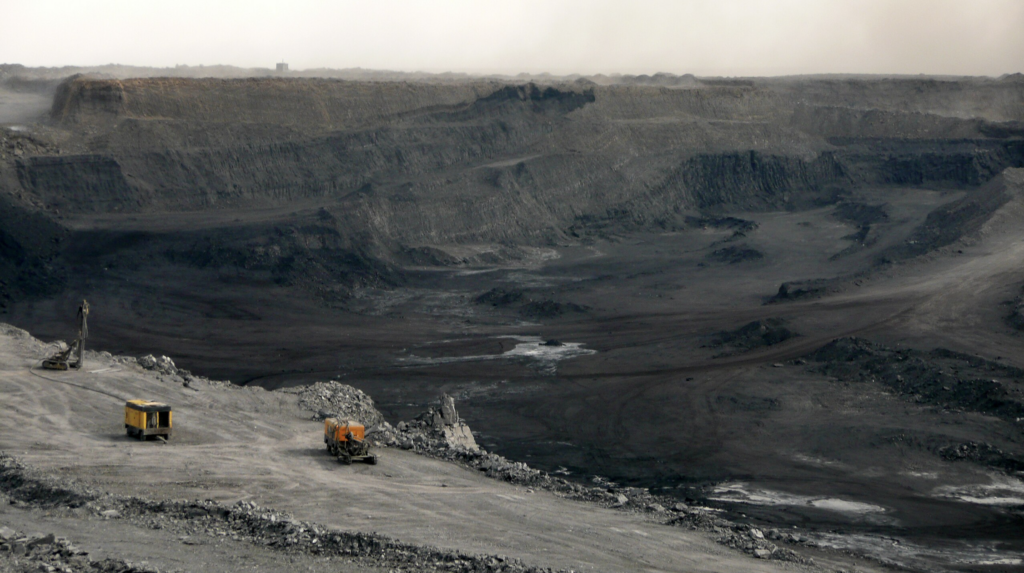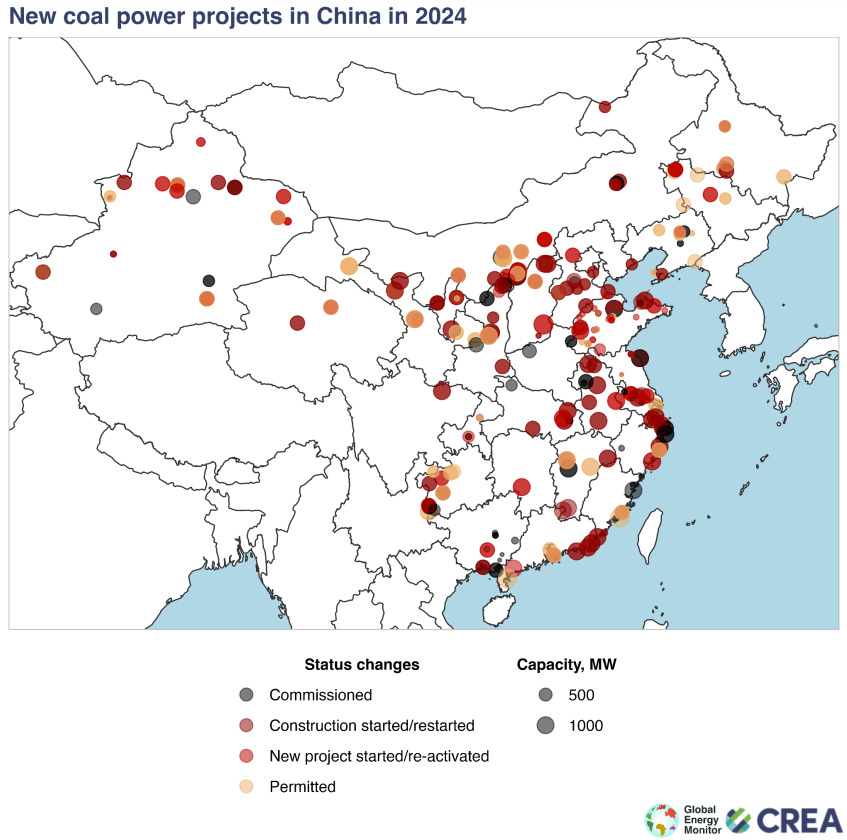A recent central government directive issued to China’s 12 debt-ridden provinces and municipalities to downsize or halt some state-funded projects starting early this year is likely to keep the country’s infrastructure spending curtailed and steel demand relatively stable in 2024, industry sources said.
The instructions were announced in a paper disclosed to the public by China’s State Council on Jan. 23, targeting provinces of Inner Mongolia, Liaoning, Jilin, Heilongjiang, Guangxi, Guizhou, Yunnan, Gansu, Qinghai, Ningxia, and municipalities of Tianjin and Chongqing.
Infrastructure construction, a robust driver of steel consumption, had slowed in some of these debt-ridden regions since 2023, aligning with the central government’s attempt to defuse local government debt risks, trading and mill sources told S&P Global Commodity Insights Jan. 24. As a result, the recently issued instructions were not new to the construction sector, but provided details on prohibited infrastructure projects, the sources added.
According to the paper, known as the “Notice on the State Council’s instructions for strengthening government investment in key regions”, such debt-ridden provinces and municipalities are prohibited from launching new projects in sectors such as transport, municipal facilities, industrial zones, shanty town renovation and new infrastructure; excluding computing and data centers.
This comes as Beijing has been attempting to defuse local government debt and financial stability risks in recent months, trading and mill sources told S&P Global Jan. 24. However, China’s move to reduce local government debt in 2024 would certainly offset some part of its stimulus efforts to boost infrastructure, some of the trading and mill sources said. Meanwhile, China’s infrastructure investment in 2023 increased 5.9% on the year, having grown 9.4% year on year in 2022, latest data from the National Bureau of Statistics showed.
Curbs on infrastructure
In the paper, prohibited projects in the transport sector included expressways, airports and urban railways. However, central government-backed projects and those relating to national security and strategic planning, such as ecologic protection, nation-level expressways, urban power supply and security housing, were exempted from the prohibition.
There were also instructions to delay or halt construction projects that have so far received less than 50% of the planned investment capital.
The 12 regions will have to reduce their debts to “low and medium levels” before they can seek approval from the central government to adjust their debt policies for new infrastructure projects. The paper did not specify what the low and medium levels were.
Impact
The local governments’ debt woes were triggered by slumping sales seen in the property sector that left developers struggling to purchase more land and fund new home projects, some market sources said. Land sales along with taxes and fees related to property development and home buying are key revenue sources for local governments. The floor space of new home sales in 2023 fell 8.5% on the year and 37.7% from 2021, the NBS data showed. Last year, new home sales touched the lowest level since 2012, and market sources expected this downtrend to continue in 2024 due to the sector’s debt problems and oversupply.
“Even without the State Council’s instructions, I think it’s fair to say that without the property sector’s recovery, the growth of infrastructure, especially those traditional and steel-intensive projects, is unlikely to gain much traction due to cash-strapped local governments,” one trading source said.
One mill source said some major infrastructure projects gained more fiscal support and accelerated construction after China in late October announced the issuance of Yuan 1 trillion ($139.6 billion) worth of sovereign bonds to support infrastructure construction.
“Meanwhile, some low-efficient infrastructure projects have already been suspended or slowed since 2023, so any further adverse impact [from the council’s instructions] on the infrastructure construction in 2024 should be small,” the mill source said. However, the source added that he does not expect China’s overall infrastructure steel demand growth to be stronger in 2024, as defusing local government debt risks is among the central government’s top priorities for 2024.
China has been gradually shifting its economic momentum from the property and infrastructure sectors to manufacturing and services sectors, but for the time being, the property sector remains a decisive influence over China’s economic growth and steel demand, market sources said.
The property and infrastructure sectors combined still accounted for around 45%-50% of China’s total steel consumption in 2023, down from about 55% in 2020, sources said.
China’s steel demand is unlikely to improve in 2024 due to the property sector’s debt woes and local governments entering a deleveraging mode. Market sources expected domestic steel market trends to depend largely on how well the country limits steel production this year.








